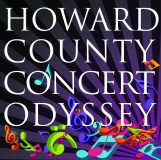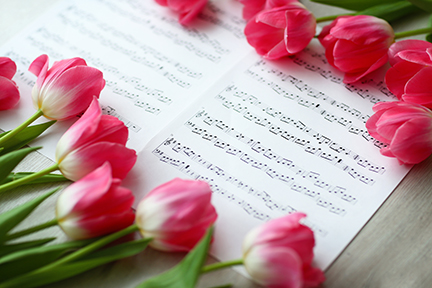Are you feeling the beginnings of spring fever yet? Spring will be here any day now, and it’s a season that has inspired countless artists, including composers.
One spring story stands out – the Greek myth of Persephone. The story was set to music by Igor Stravinsky back in 1934 in a work called, naturally, Perséphone.
For those who don’t recall, here’s the short version of the tale: Hades, god of the underworld, kidnaps Persephone because her mom doesn’t want him to marry her. Mom, the goddess Demeter, finds out and swears to stop doing her job – namely, ensuring a good harvest.
In the end, Persephone ends up spending half of every year in the underworld, and her depressed mother doesn’t cope well during those months. Springtime is when Persephone comes out and Demeter cheers up enough to let crops grow again.
This story has it all – drama, action, a beautiful maiden, a mother’s love, a twisted romance, and an explanation for the natural phenomenon of seasons. The perfect inspiration for a great orchestral composition!
Persephone wasn’t written only as a musical composition, however. It was a complex work that also included a speaker, chorus, solo singers, and dancers. Check out the Teatro Real de Madrid’s performance here.
If you’re looking for a more lighthearted take on spring, try out these classics:
- Frederick Delius: On Hearing the First Cuckoo in Spring. As its title suggests, this gentle, lilting piece will remind you of birdsong.
- Aaron Copland’s Appalachian Spring. Scored for a small chamber orchestra, this charming composition was commissioned by the dancer Martha Graham and premiered in Washington, D.C., in 1944.
- Claude DeBussy: Prélude a L’Aprѐs-midi d’Une Faune. The flute features prominently in this piece, a representation of the faun’s flute as he prances through a meadow of budding flowers.
- And of course, no list of classical spring music would be complete without Antonio Vivaldi’s Four Seasons: Spring! The best known of his works, The Four Seasons was written in about 1720. Fun fact: you can hear the viola emulate a barking dog roughly midway through the Spring concerto.

